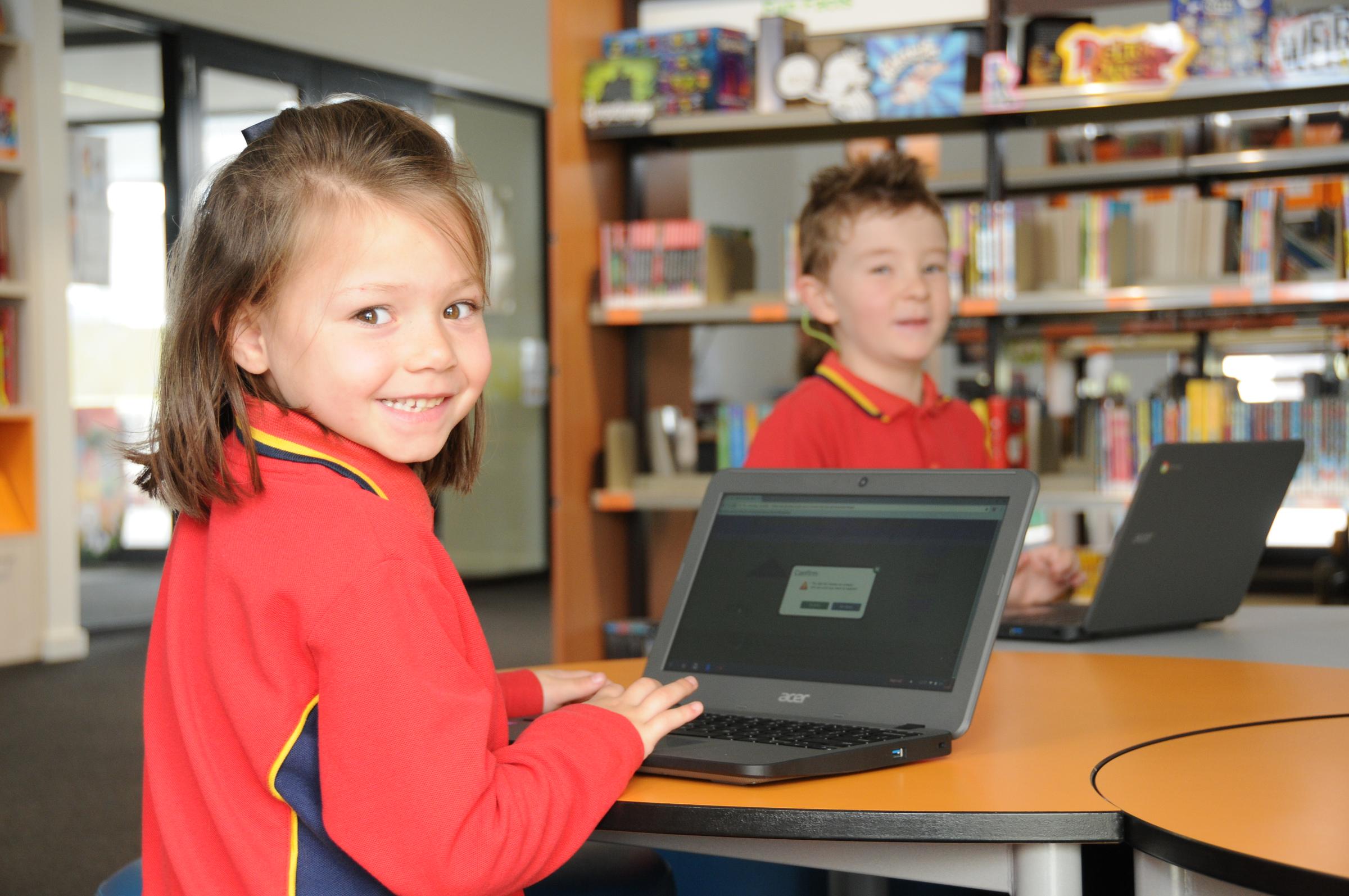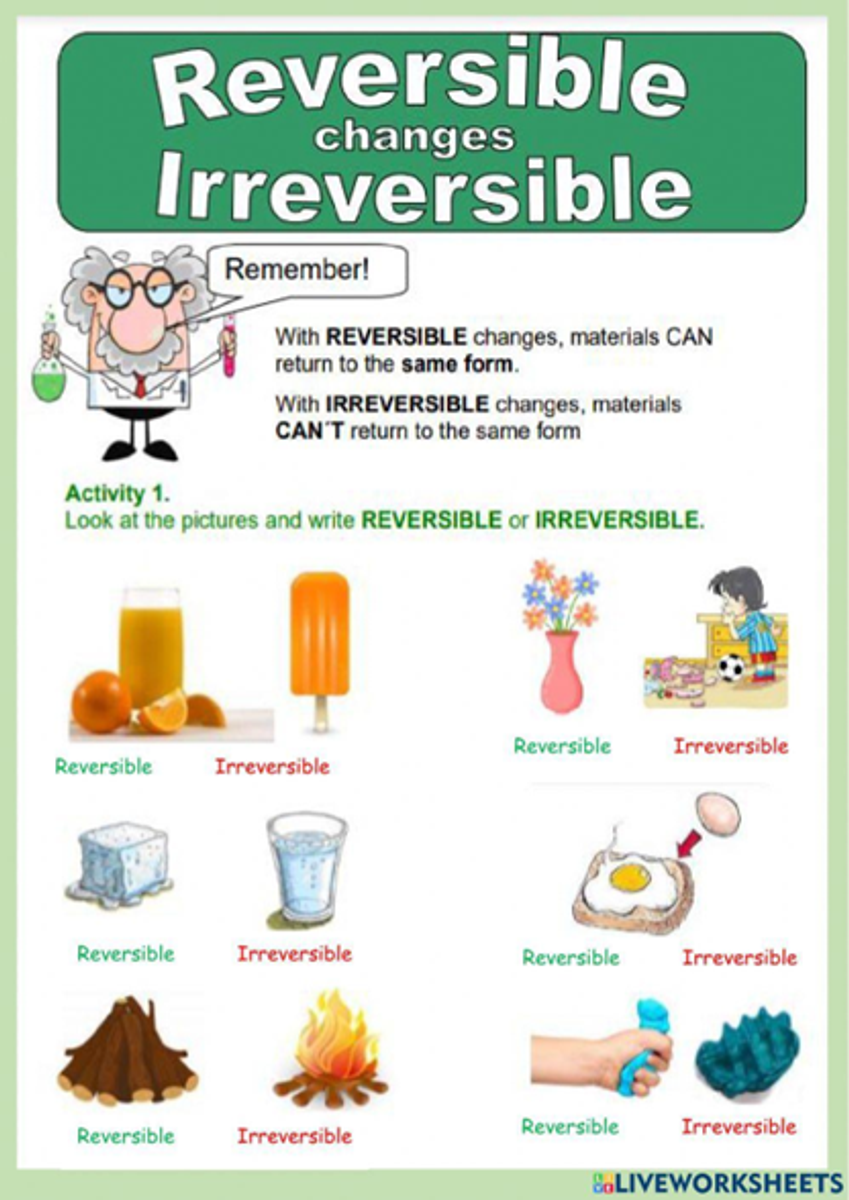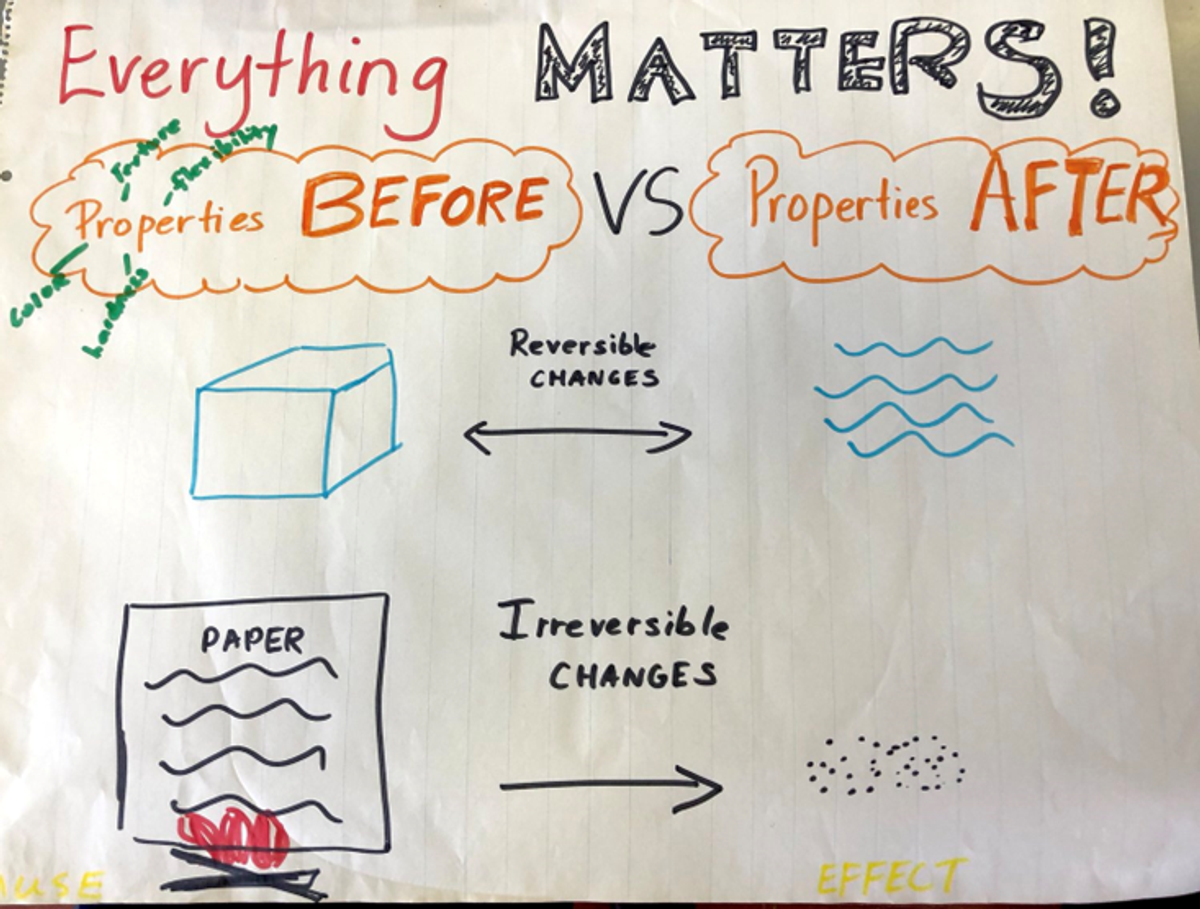INTEGRATED

CURRICULUM FOCUS
We are learning how changes can be reversible or irreversible.
VOCABULARY
Reversible Changes: Changes that can be undone, and the original material can be restored. For example, freezing water into ice or un-crumpling paper.
Irreversible Changes: Changes that can’t be undone, creating new materials with different properties. For example, burning wood or baking a cake.
Physical Changes: Changes in the shape, size, or state of a material (like water turning into ice). These can sometimes be reversible, but not always.
Chemical Changes: Changes in the chemical makeup of a material (like burning or rusting). These are always irreversible because the material turns into something new.
ACTIVITIES YOU CAN DO AT HOME TO SUPPORT YOUR CHILD'S LEARNING
Explore reversible and irreversible changes by doing simple experiments. For reversible changes, try freezing and melting water, or crumpling and un-crumpling paper. For irreversible changes, try baking a cake or burning a piece of paper. Discuss the differences: reversible changes can be undone, while irreversible changes create new substances that cannot return to their original form. This activity helps children understand the concepts of physical and chemical changes in an engaging way.


